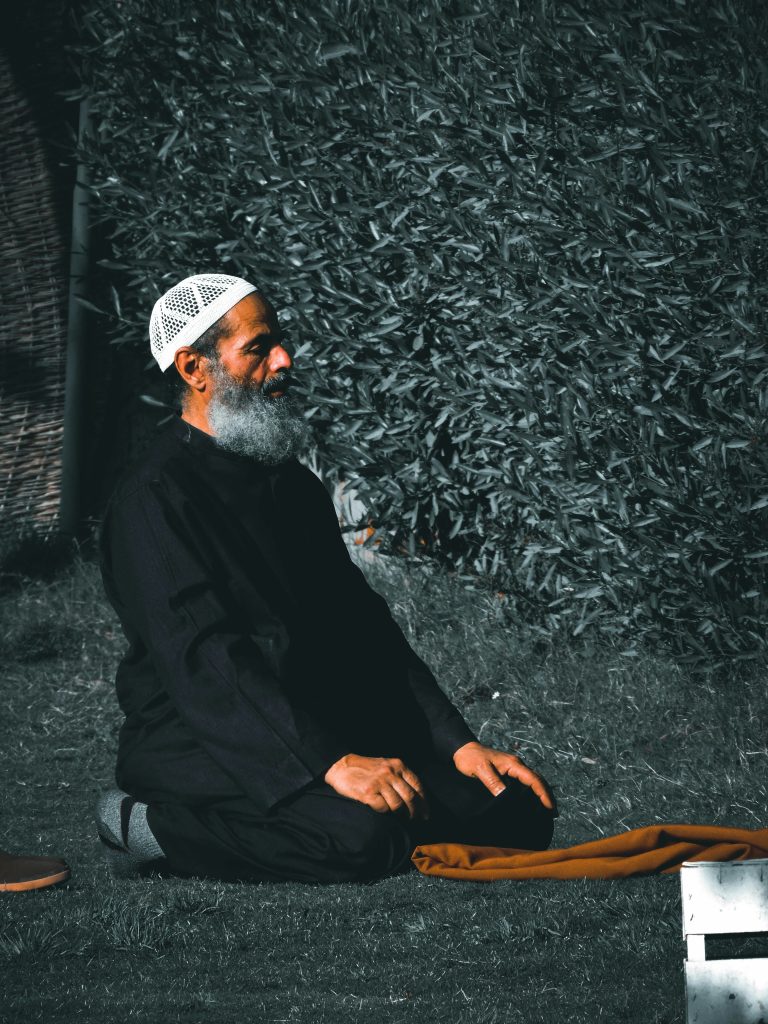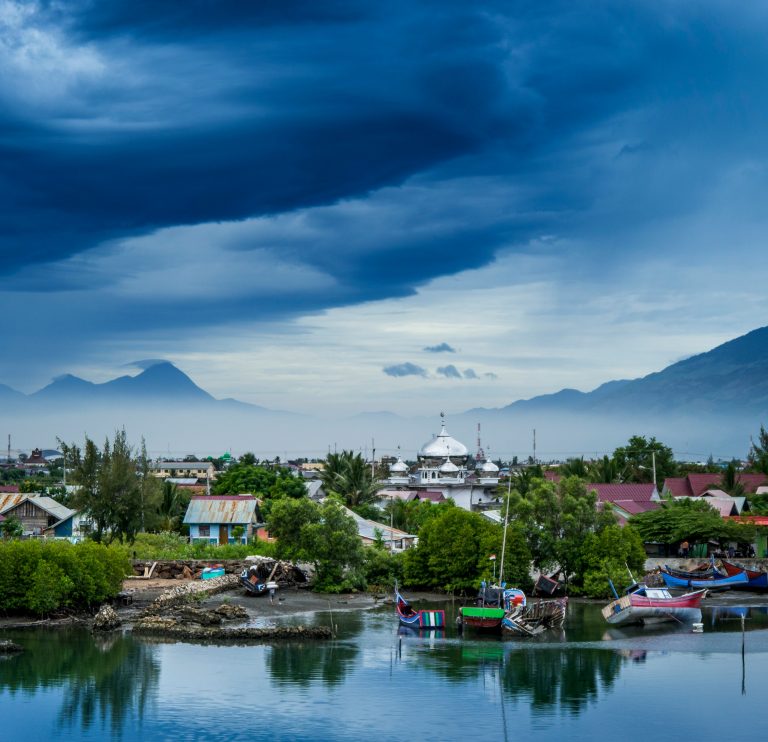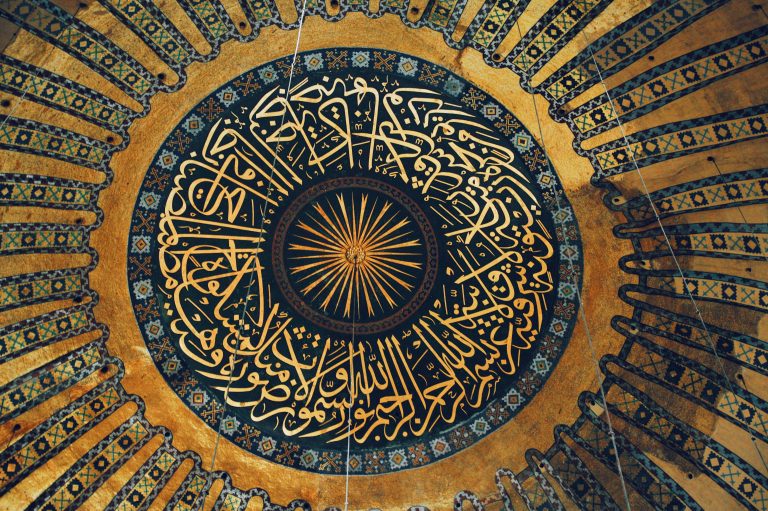
Hajj is a ritual and the fifth pillar of Islam for Muslims. However, the social and political impact of the Hajj cannot be ignored until scholars try to examine precisely how the Hajj affects Muslims.
William R. Roff wrote his views on Hajj:
Descriptive accounts of the Hajj by participants make clear the emotional power of absorption in a common act of worship in undifferentiated association with fellow Muslims from all parts of the earth, of colors, and all conditions … the pilgrim seeks to find in the transcendence of the mundane and the temporal some alteration in his inner state, from sin to grace, and enhancement of being that will return him changed.
Therefore, the researchers’ attention to the events of the Hajj and their impact cannot be contained. Christiaan Snouck Hurgronje did this when he wanted to research the “Jawah” community in Mecca. The effect of the pilgrimage had forced the Dutch from those who had returned from Arabia.
The Al-Asyi
The term most commonly used for Acehnese living in Arabia is al-Asyi. This has not been fully revealed when the Acehnese community is considered part of the “Javanese” and “Malay” communities. However, the Acehnese pilgrimage and their activities in the Arab Land will provide some information about the history of the Islamic reform movement in Southeast Asia.
For example, when Acehnese living in Mecca donated waqf land for the next generation coming to Haramayn. Most of the names of the wakif have the title al-Asyi, which can be seen from the list of Acehnese waqf lands in Mecca:
Waqf of Sheikh Muhammad Saleh Asyi and his wife Shaykh Asia (certificate no.324) in Qassasiyyah, waqf of Sulaiman bin Abdullah Asyi in Suqullail (Zeng Market), waqf of Muhammad ‘abid Asyi, Waqf of Abdul Aziz bin Marzuki Asyi, waqf of Datuk Muhammad Abid Panyang Asyi in Meina, Aceh Waqf on Suq al-Arab street in Minan, Muhammad Saleh Asyi waqf at the Jumrah Ulama in Mina, Waqf House in Baladi area in Jeddah, Waqf House in Taif, Waqf House in Hayyi al-Hijrah area of Mecca, Waqf House in Hayyi al-Raudhah area in Mecca, Waqf House in al-Aziziyyah area, Mecca … Recently there was also the waqf house of Sheikh Abdurrahin bin Jamaluddin Bawaris Asyi (Tgk. Chik Awe Geutah) in Syamiah Mecca, Sheikh Abdussalam bin Jamaluddin Bawaris Asyi ( Tgk. Di Meurah) in Syamiyah, Abdurrahim bin Abdullah bin Muhammad Asyi in Syamiyah and Chadijah bint Muhammad bin Abdullah Asyi in Syamiah.
According to history, the waqf land and the two-story house belonged to Habib Bugak Asyi (Habib Abdurrahman al-Habsyi), who pledged waqf on 18 Rabiul Akhir 1224 H (1803 AD). Because several waqf lands indicate the word Asyi, it can be stated that the Acehnese community has formed a separate network in Arab land. From waqf land to this day, every Acehnese who goes on a pilgrimage gets a financial aid of 1200 Riyals from the management of the Asyi Waqf Land, which is then known as Bayt al-Asyi.
According to the waqf calendar above, the Acehnese had already performed the pilgrimage before the Aceh-Dutch War on March 26, 1873. Therefore, the route taken by the Acehnese was mostly through Pulau Pinang. According to history, Francis Light’s opening of Pulau Pinang also involved Acehnese, including Seyyed Hussain al-Aidid.
In fact, since 1696, Acehnese have been on Pulau Pinang. Because Dato’ Keramat is descended from Aceh. Dato’ Keramat is Haji Keramat, a merchant from Aceh who arrived long before Francis Light landed his feet on Pulau Pinang. Besides him, there is also the name of another Acehnese merchant, Haji Bayan. The Aceh merchant area is in Jelutong Bay, surrounding Rauna Village (Counter Hall Road ) and the Old Gardens (Langkawi and Terengganu Roads).
They had no difficulty when they arrived in Mecca. The record of the return journey of an Acehnese ulama to raise aid from the people of Aceh to obtain funds so that there would be waqf land in Mecca. The name of the ‘ulama is Abdus Salam ibn Idris al-Asyi. According to Nico Kaptein, if Abdus Salam’s figure is accurate, then he
Must have been a learned Muslim of Acehnese descent living in Mecca, who was working for the benefit of his compatriots in the Jawah colony and at the same time maintained close relations with his country of origin .
Therefore, the Acehnese have access to Waqf Land while in the Holy Land.

The Acehnese Colony in Mecca
Furthermore, the Acehnese had formed a separate colony in the Holy Land within the clerical network in the archipelago. Some ‘ulama in the Malay Peninsula and Pattani had not yet left for the Holy Land, especially after first studying religion in Aceh.
One of the earliest’ ulama from Malaya who lived in Mecca, Sheikh Abdul Malik’ Abdullah (1650-1736) from Terengganu, studied directly with Sheikh Abdul Rauf al-Singkili in Aceh. Sheikh Abdul Malik’ Abdullah’s teacher in Mecca was Ibrahim al-Kurani.
Meanwhile, according to some accounts, Sheikh Daud bin Abdullah al-Fathani lived for two years in Aceh before studying religion in Mecca and Medina. Sheikh ‘Abdul Rauf al-Singkili himself was a student of Ahmad Al-Qusyasyi and Ibrahim al-Kurani.
The two scholars (Ahmad al-Qursyasyi and Ibrahim) network revealed how the Meccan ulema colony built a scientific network in Aceh. According to Azra, the meeting between Sheikh Abdul Malik Abdullah and Ibrahim al-Kurani is still in doubt because when Ibrahim al-Kurani was alive, Sheikh Abdul Malik Abdullah had not yet been born.
Apart from Sheikh Abdur Rauf al-Singkili, there are also the names of other scholars, namely Sheikh Burhanuddin from Ulakan, West Sumatra, Sheikh Abd al-Muhyi from West Java, and Sheikh Dawud al-Jawai al-Fanshuri bin Ismail Agha Mushthafa bin Agha’ Ali al-Rumi, who allegedly came from Turkey.
Mecca and Medina have been colonies of the Acehnese since the 17th century AD. The Acehnese colonists could never ignore the influence of renewal in the Nusantara. They once settled in the Holy Land.
When the Dutch occupied Aceh in 1873 in the Middle East, the Aceh colony in Mecca survived. The relationship between Mecca and Aceh was strong when the Sharifs from Mecca came to Aceh.
The Gifts from Aceh
According to history, Syarif Barakat sent two ambassadors to Mecca. They arrived in Aceh in 1672. When they returned to Mecca, Sultanah Naqiyyat al-Din presented gold to the Sharif in Mecca and the poor in Haramayn.
Unexpectedly, the gold gift from Aceh became a source of contention among Syarif’s family, especially Syarif’s sons. This illustrates that the gold became a historical record for Mecca because it was distributed to the city’s poor people. Meanwhile, prizes such as five gold chandeliers were also attached to the Kaaba.
The Conclusion
It was also found that the Acehnese formed an Aceh colony in Mecca through waqf land and on Pulau Pinang. The story of the Acehnese in Pulau Pinang has been written about a lot. The pattern for having baynah among the Acehnese is carried out in another country. In Pinang, areas once occupied and owned by the Acehnese can still be seen today.
However, in Arab lands, the Acehnese own land as baynah and make a waqf. In principle, the tradition of waqf in Aceh has also been entrenched for hundreds of years. Some public spaces in Aceh are the result of waqf land. In certain respects, the Acehnese assume that the waqf land will provide rewards for the waqf and the guardian of the waqf. It’s just that today, the management of religious treasures is no longer carried out. However, the experience of the Acehnese waqf land in the Holy Land has proven how Acehnese identity travels in Mecca.





